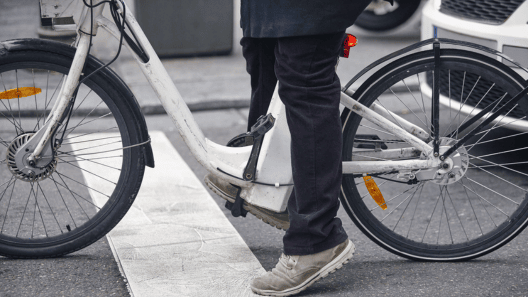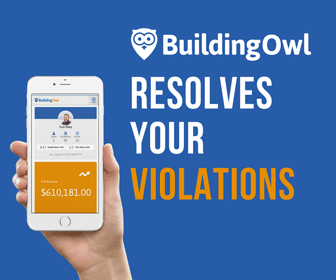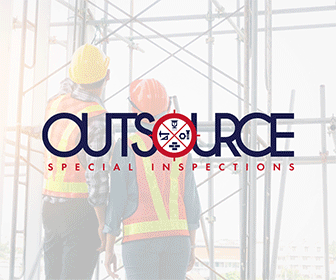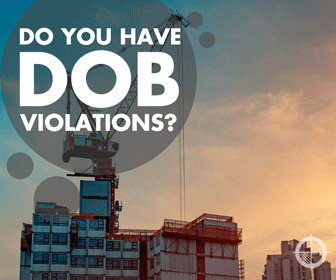Back to Articles
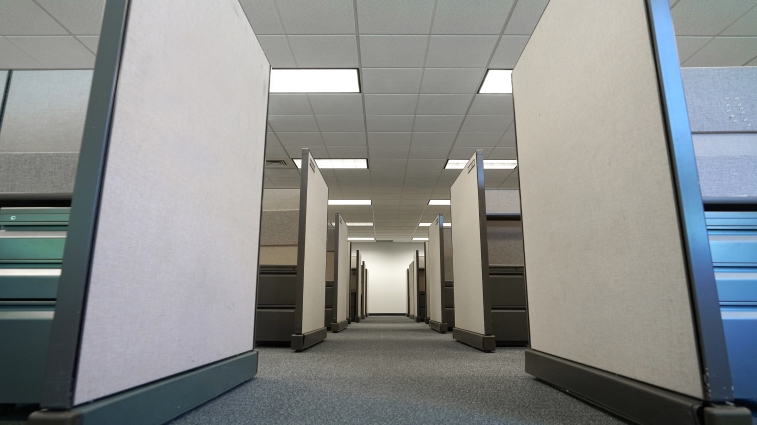

5 Things to Consider for Post-Quarantine Workspace Design
As New York starts to reopen after months of quarantine from COVID-19 novel coronavirus, many workplaces are wondering how to get people back in the office while still ensuring employee safety. From simple solutions to new technologies, here are five things to keep in mind.
- From open to closed
- No touching!
- Keeping distance
- Getting some air
- Doing an overhaul
A backlash to the often-criticized cubicles, the open plan office has become a symbol of progress in the working world, utilized in about 70 percent of offices in the U.S., according to Christian Beaudoin of real estate company JLL. Flexible, inexpensive and thought to be good for team collaboration, it’s easy to see the appeal.
But with the lack of walls and close proximity between workers, open-plan offices are now more likely to spread coronavirus than good ideas. In fact, research into the negative health effects of the open office plans, including the ease with which germs spread, has been growing over the past ten years.
If your office has a lot of open area, you should take this time to rethink your office layout, providing more boundaries and space between coworkers. Who knows – your employees might actually get more out of it!
Reducing the spread of germs on surfaces is a key component to a safe office in these times. Providing But it’s unrealistic for employees to pull out the hand sanitizer and disinfectant every time they touch something, though it’s certainly crucial to have them on hand. The question becomes, how can offices become more hands-free?
On the high-tech end, automation and contactless technology are just a couple of handy (pun-intended) solutions to consider. This can include automating doors, elevators, and sanitary systems, and incorporating voice-control systems. In fact, voice-control tech was already projected to rise prior to the pandemic.
On the low-tech end, Cushman & Wakefield offices have provided paper placemats for workstations, to be disposed and replaced at the end of the day. Simple solutions like this could work for company cafeterias and other eating areas as well.
Six feet apart is the golden rule in these times. But enforcing it in the workplace, without employers feeling like strict teachers at a school dance, may require some extra help.
Developed by Cushman & Wakefield, the 6 Feet Office concept builds the distancing rule into the office layout with wider, spaced out work stations and visual cues like signs and circular carpeting, allowing for a one-way flow of traffic around an office.
Indeed, directional signs are already being implemented in many public spaces like grocery stores to prevent cross-spread, so why not incorporate them in the office too? Signs take some mental load off the employees to keep themselves and each other safe. Don’t be afraid to have fun with them to lighten the mood, as long as they are clear and easily-understood by a vast array of employees.w
In addition, you might want to keep a portion of your workforce at home, especially if your office floor is generally packed. Other practices may include having staggered time slots for employees to come in instead of the standard 9-to-5 day, or reducing required in-office days. Now is the time to be flexible, especially with employees having differing levels of risk and home-life situations.
Recirculated office air is no good for preventing the virus spread, so companies will need to consider how to keep their office space well-ventilated. The simple solution: open the windows! But in a city like New York, that’s not always simple, or even possible.
But don’t lose hope – China has laid the groundwork for another solution. Maximizing air ventilation and installing new air filtration systems in offices across the country has helped China get back to work after being first to get hit by the virus.
Of course some offices, even with all the signs and technology in the world, may still not be safe enough. Renovations or even a complete overhaul of the office may sound extreme, but considering how long this virus could stick around, it may be necessary.
According to Arjun Kaicker of Zaha Hadid Architects, office architecture will trend towards wider corridors and doorways and more partitions between departments, plus an emphasis on stairways over elevators, in order to increase space and decrease virus transmission.
In addition, some may consider installing antibacterial and/or antimicrobial materials in high-touch areas like restrooms and countertops, particularly for healthcare facilities.
If you need help retrofitting your workspace or creating a brand-new space, Outsource Consultants can help you ensure your designs are up to code.
Resources
